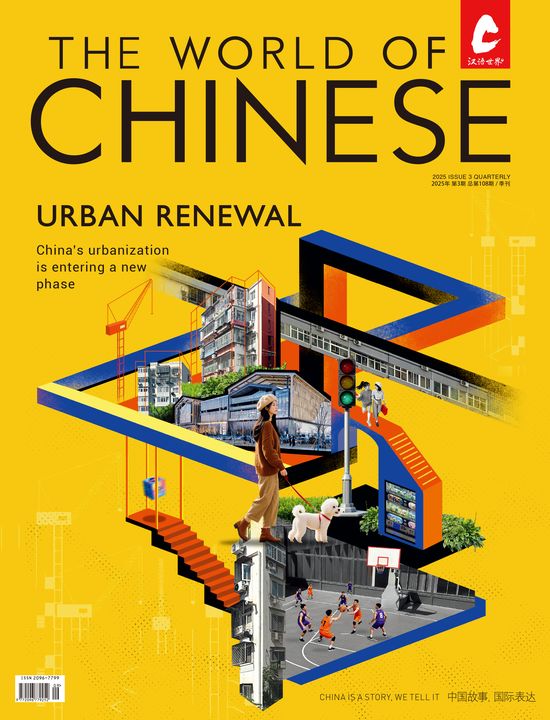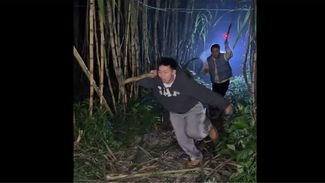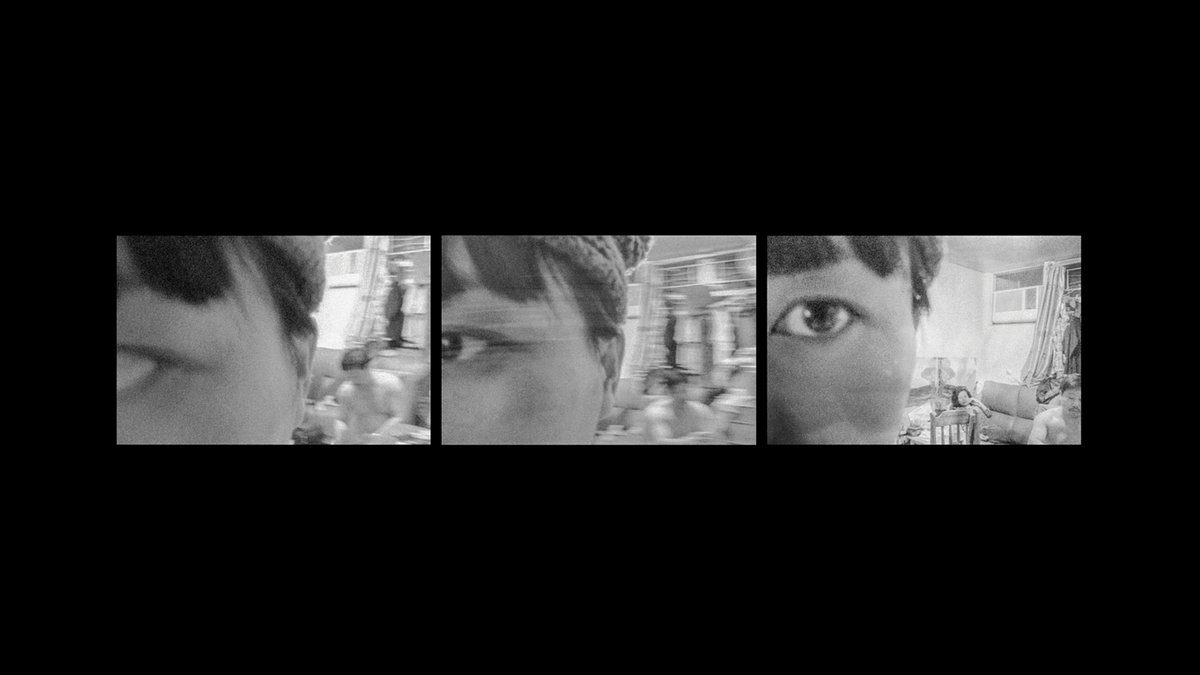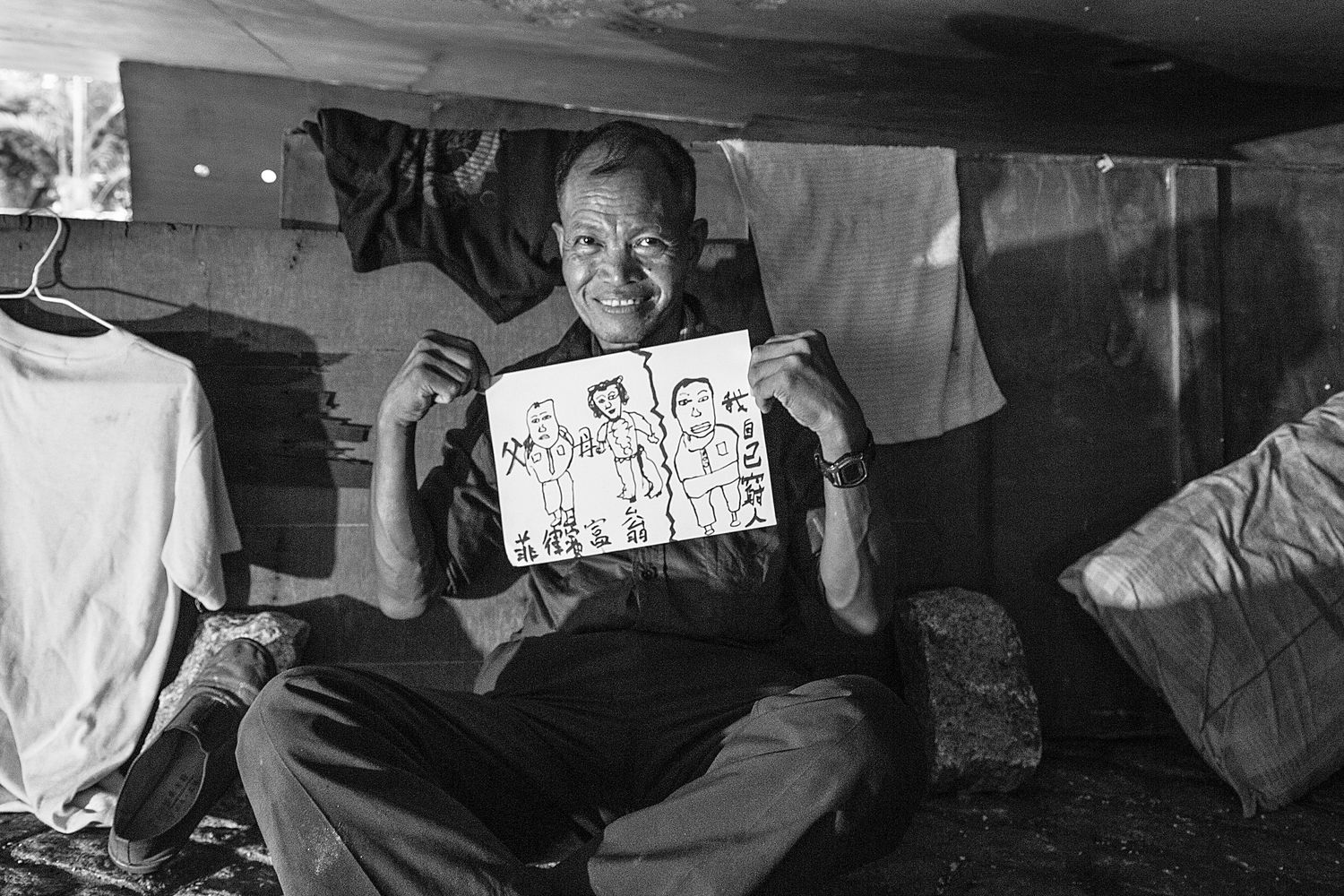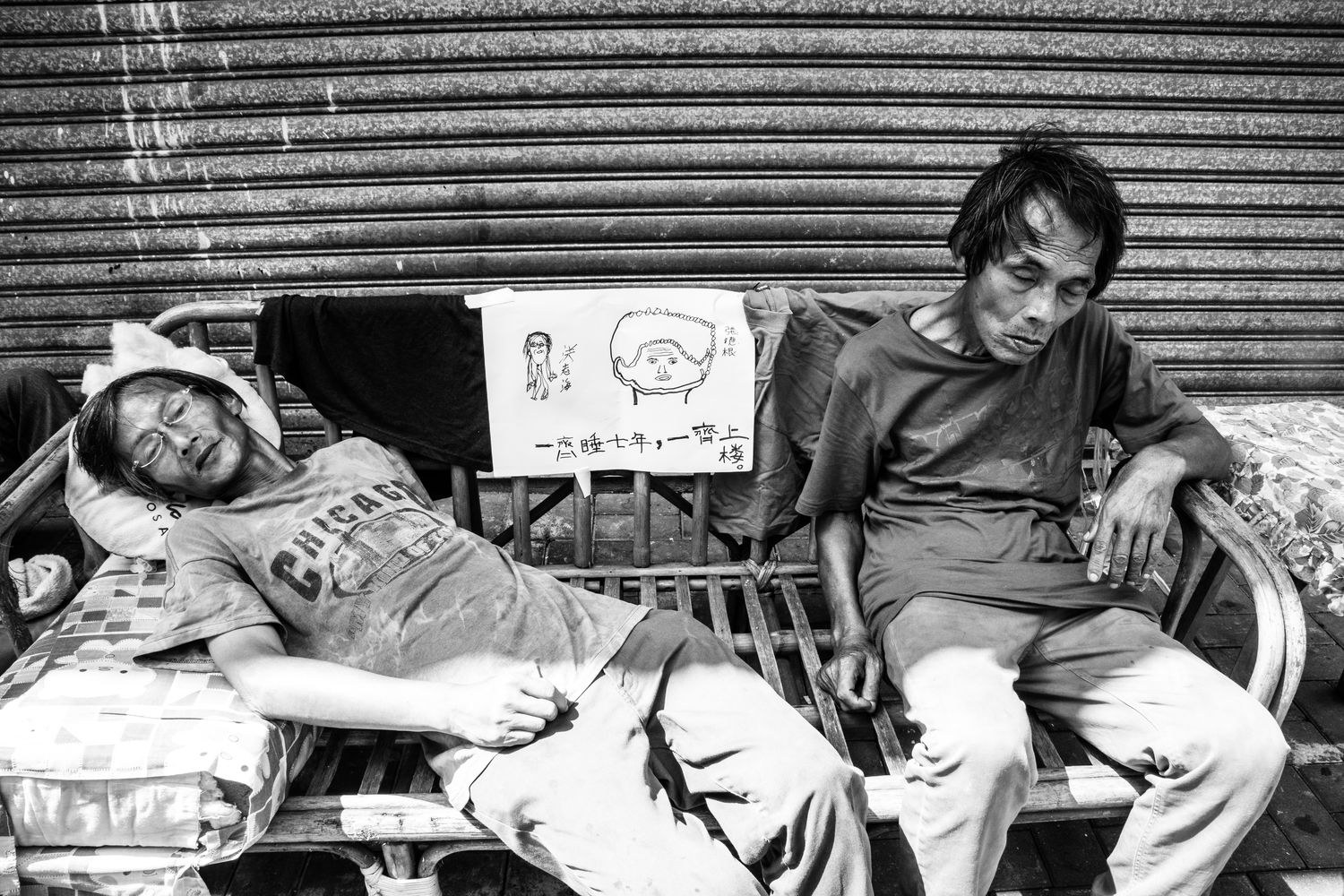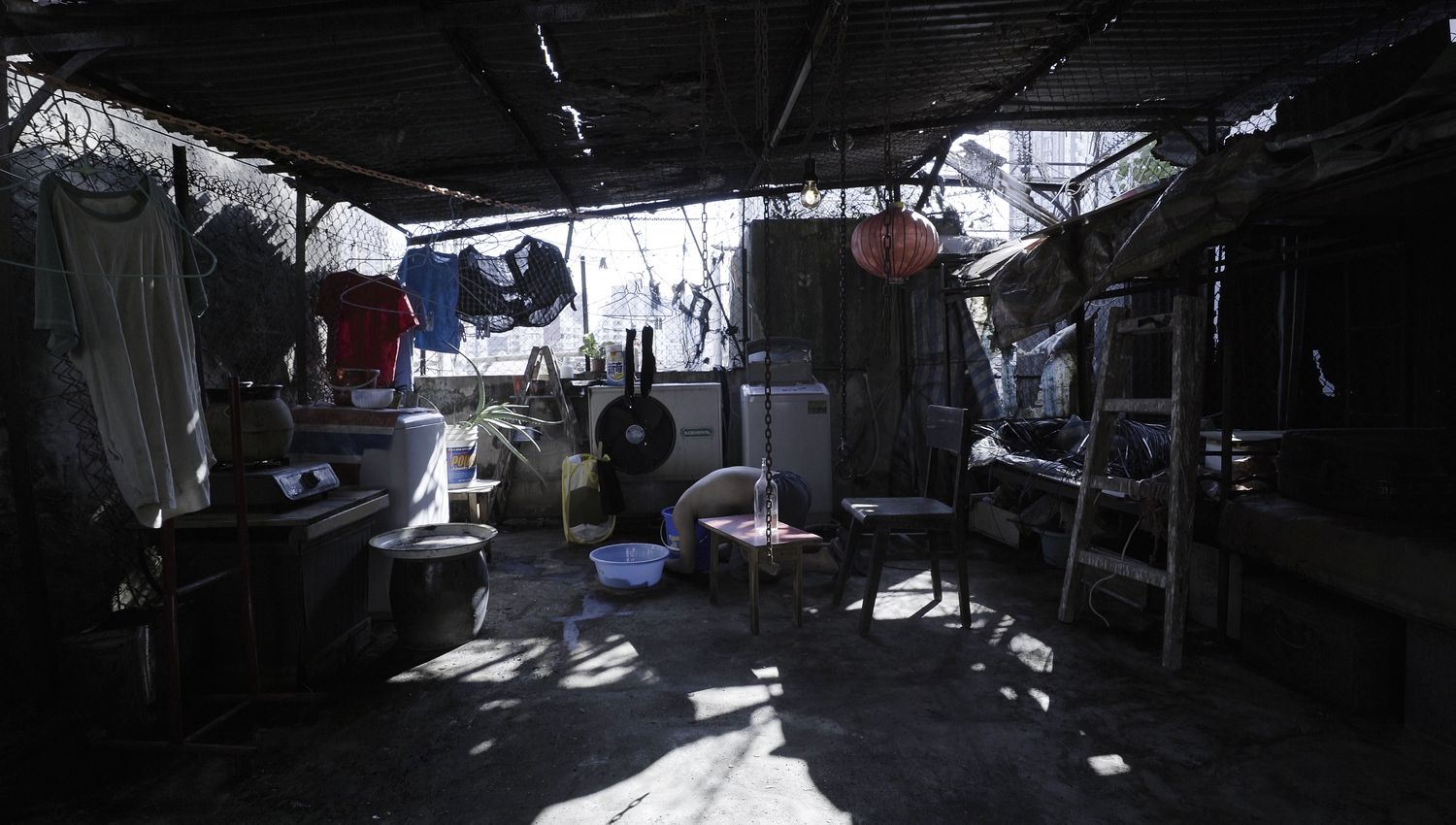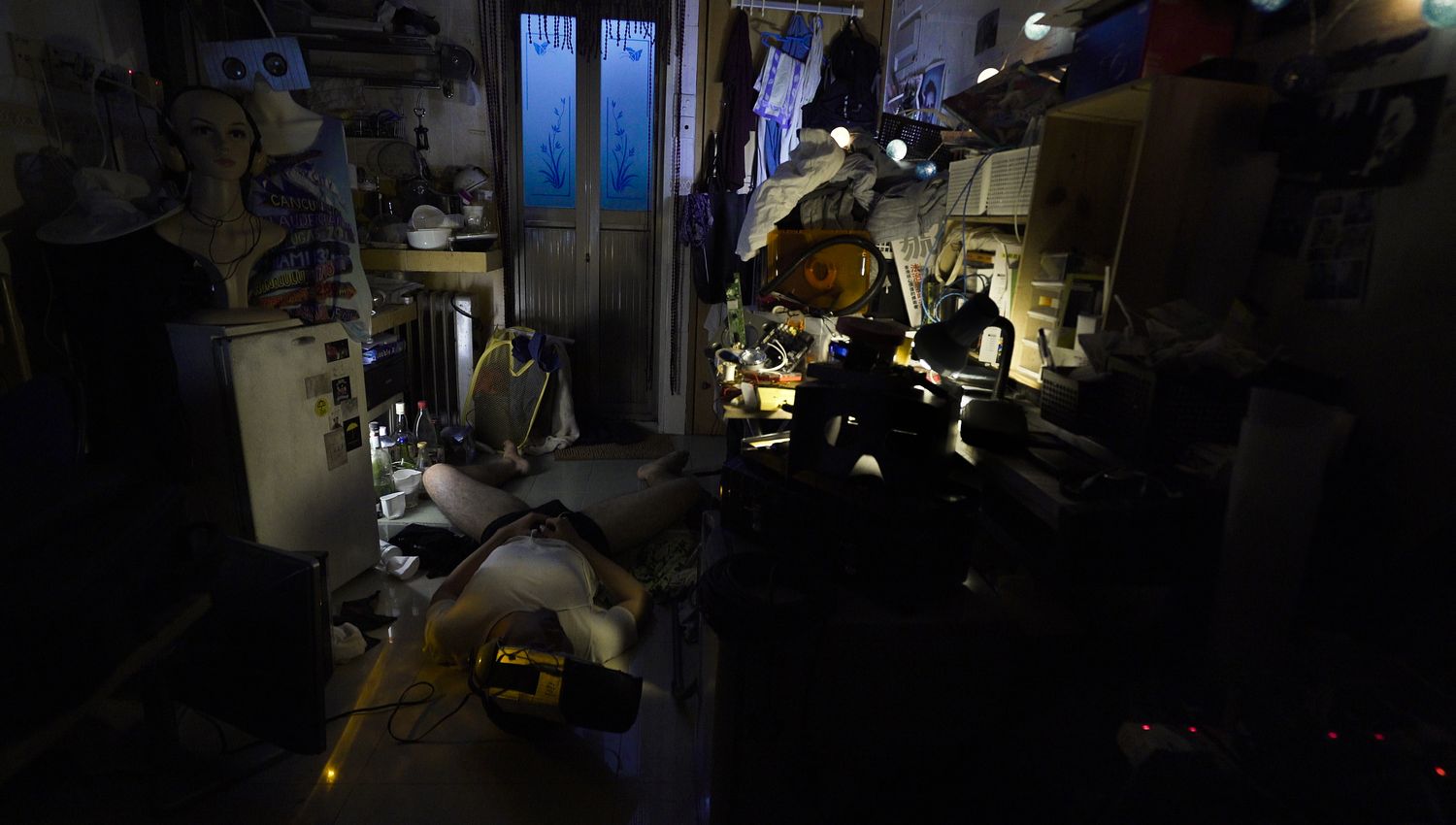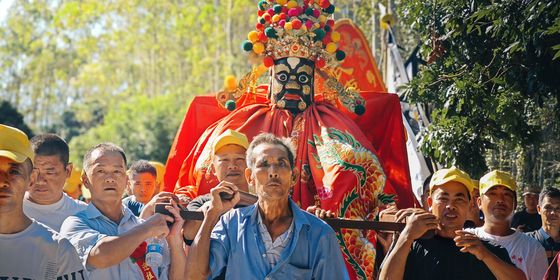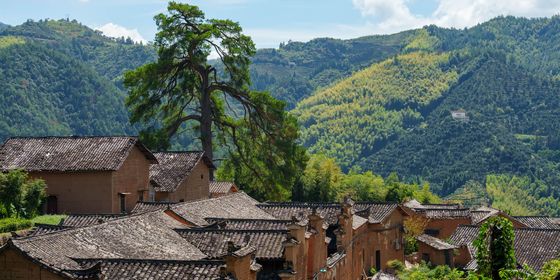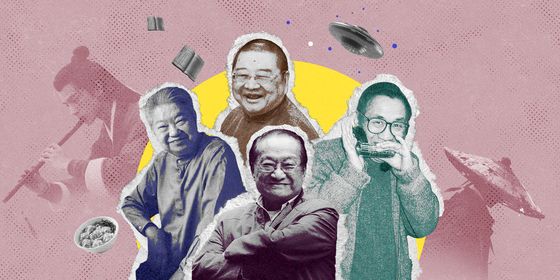Filmmaker and photographer Chan Hau Chun highlights the lesser-seen side of the metropolis
Having spent her childhood living apart from her parents, filmmaker and photographer Chan Hau Chun developed a deep desire to explore family relationships and the meaning of home. After leaving the Chinese mainland and living in various cities, Chan settled in Hong Kong as a teenager and has considered it home ever since.
Driven by the urge to express her feelings amidst the constant change and pressures of a highly commercialized city, Chan took up documentary filmmaking and photography. “It is through documentary that I have a space for myself to think what I should do,” she tells TWOC.
The idea of “home” is central to Chan’s work. Her documentary 32+4 (2015), about rediscovering her childhood and family history, was nominated for Best Documentary at the 2015 Golden Horse Film Festival.
While most of Chan’s creations are in documentary films, she also explores photography and installation art. Her first solo Hong Kong exhibition, “Silent Sojourns,” from April 19 to June 30 at WMA Space in Sheung Wan, showcased elements that film language cannot express.
Read more about contemporary Chinese artists:
- Framing Contrast: Photographer Yan Jiacheng on the Search for Authenticity
- Too Rich: Wealth and Peril in Huang Heshan’s City Dreamscapes
- Beyond the Frame: Shuare Shizhu’s World in Wide Strokes
Based on Chan’s previous project filming the harsh living conditions of partitioned buildings and their residents in an old district, the exhibition recreated the living space waving together images, sounds, texts, and objects. “The scent, light, and temperature in the actual scene allows making different forms of art creation,” Chan tells TWOC. Visitors follow narrow passageways through the circular layout of the exhibition, experiencing day-to-day life in the partitioned rooms while contemplating their own conditions and their relationship to the larger world.
In her other photography project “Under the Bridge,” Chan focused on the homeless problem in Hong Kong. She talked with many homeless people about their conditions and asked them to draw pictures showing what home and family mean to them.
During a visit to her studio, Chan leads TWOC down the streets of Sham Shui Po, one of Hong Kong’s poorest districts, and points to where she filmed the homeless people living, a spot under a pedestrian bridge.
One of her most memorable experiences involved bringing a suitcase of books to the bridge. Initially hesitant to approach the residents, Chan found that books helped bridge the gap. She connected with an elderly woman who loved reading, leading to conversations about modern Chinese writers like Lu Xun (鲁迅). The residents, despite their circumstances, possessed a resilient spirit.
In another series, Chan photographed people living in cramped rooms, often overlooked in this city of opulence. She sometimes communicated with her subjects through silent or non-verbal means. One man never spoke but would play chess, and their mutual understanding developed through this shared activity.
For Chan, art blurs the boundaries of everyday knowledge. Her encounters often challenge stereotypes and reveal unexpected aspects of life. She recalls a street vendor who refused public housing because, for her, street life was “the flavor of life,” despite its harshness. This woman’s resilience and choices defy typical assumptions about the homeless.
Chan aims to challenge her own preconceptions through her art. Although she does not believe her work will drastically change society, she hopes to inspire public sentiment and help direct our attention to those things that often go unnoticed in this bustling city.
Images courtesy of Chan Hau Chun
